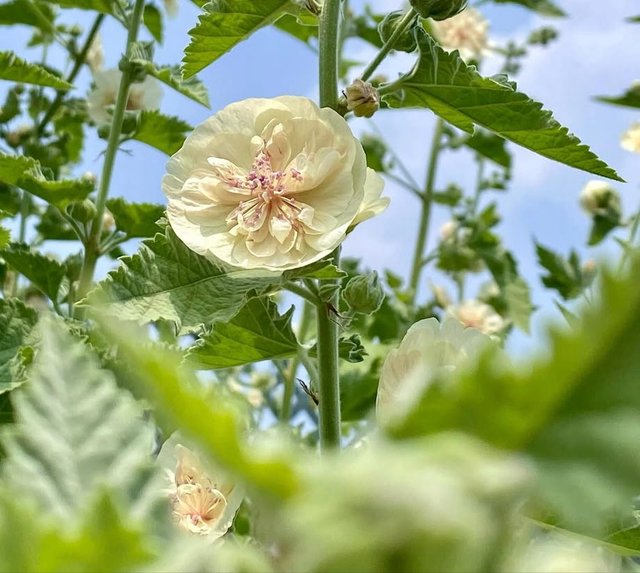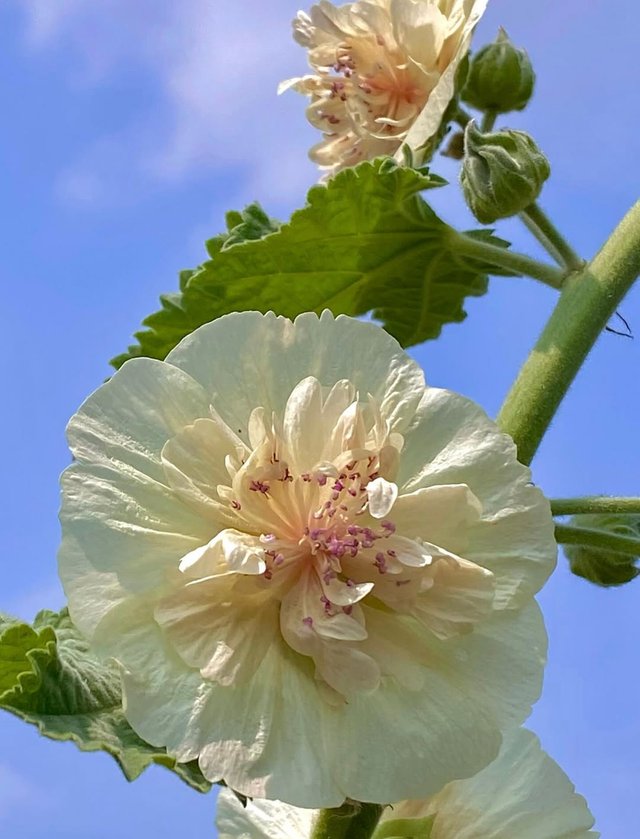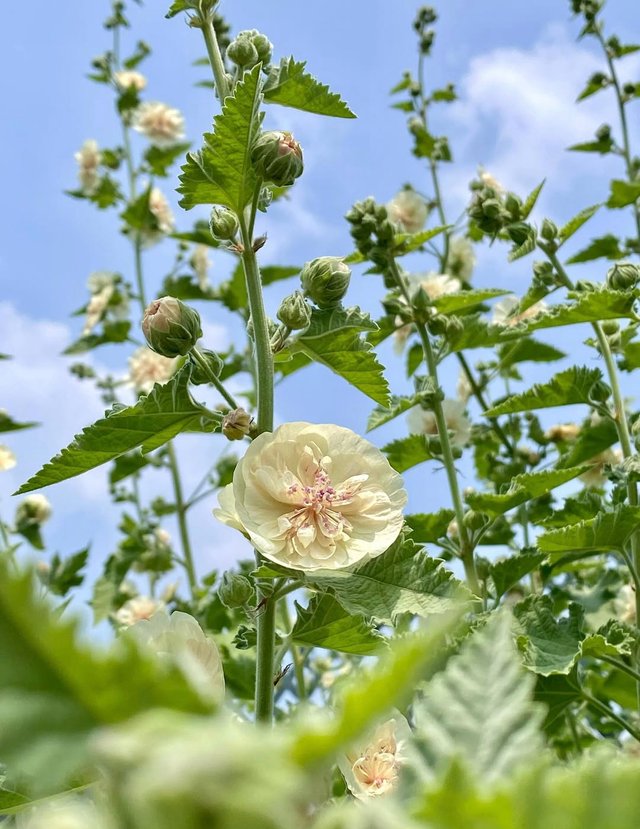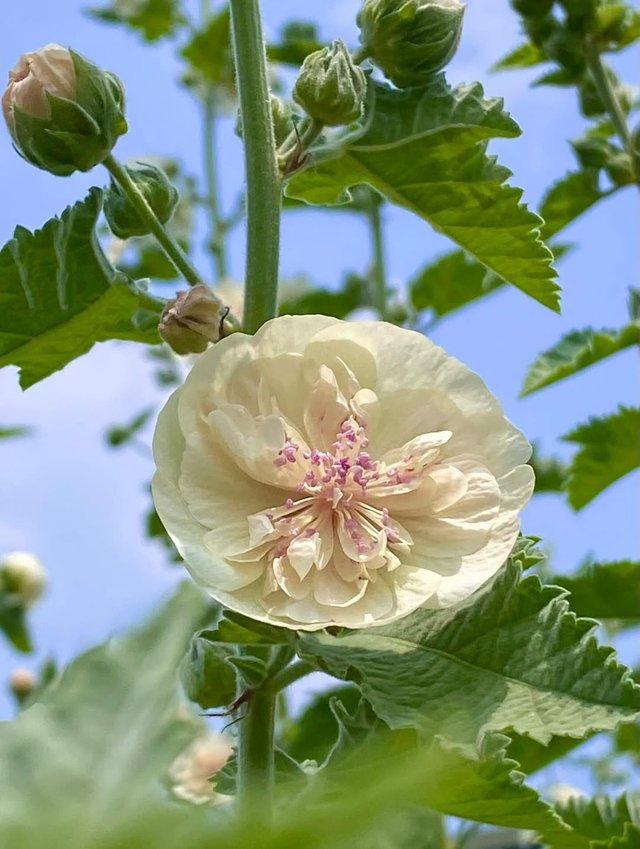Beauty of the Garden: Hollyhock
There’s something undeniably magical about the hollyhock – with its towering stems, vibrant petals, and old-world charm, it has graced cottage gardens and castle walls for centuries. Standing tall like sentinels of summer, hollyhocks aren’t just eye-catching flowers; they’re living heirlooms steeped in history, symbolism, and natural beauty.Hollyhocks are native to Asia and parts of Europe, with origins tracing back to ancient China and the Middle East. The name “hollyhock” comes from the Old English holy hoc, referring to its use in healing horses.Over the centuries, it became a beloved ornamental plant across Europe, particularly in English cottage gardens.
In medieval times, hollyhocks were not just appreciated for their looks — they had medicinal uses, often made into poultices to treat wounds, burns, and inflammation. Their connection to herbal medicine still lingers in folk traditions.hollyhock is a member of the mallow family which also includes hibiscus and okra. These stately plants can grow between 5 to 9 feet tall, with large, papery blooms arranged up and down the stalk. Flowers bloom in a variety of colors — from soft pastels like pink, peach, and cream, to deep purples, reds, and even near-black hues.
Hollyhocks are typically biennials, meaning they form leaves in the first year and flower in the second. However, many varieties reseed themselves, creating a near-perennial display if allowed to thrive undisturbed.If you're looking to create a pollinator-friendly garden, hollyhocks are a perfect choice. Their wide, open blooms provide easy access to bees, butterflies, and even hummingbirds, making them a vital part of an ecologically healthy space. Watching bees tumble into the flowers in the morning sun is one of the simple joys of summer.




